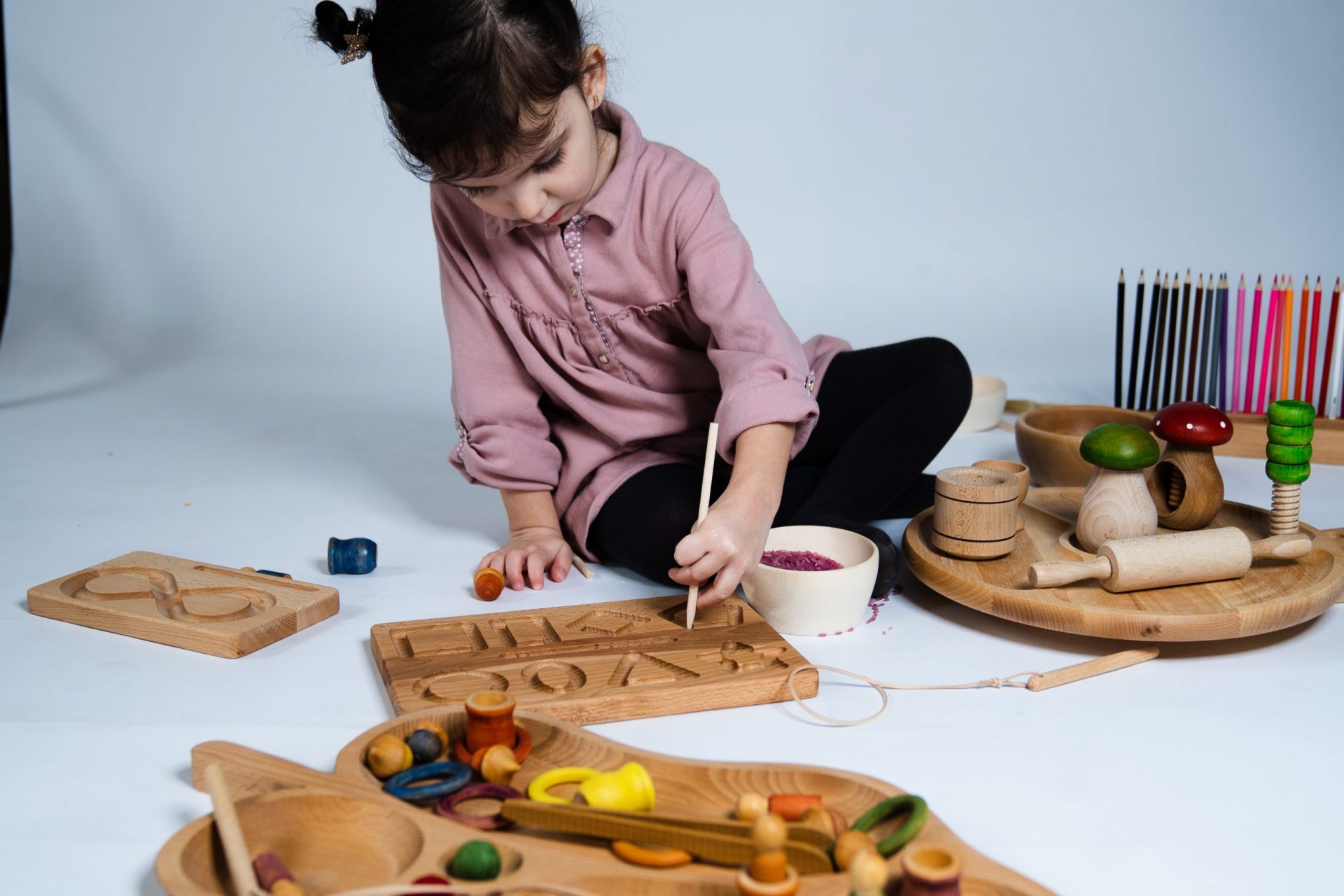Πίνακας προγραφής – Γεωμετρικά σχήματα(διπλής όψης)
39,00€
Η εκμάθηση των σχημάτων και των πρώτων γεωμετρικών εννοιών ξεκινά από πολύ μικρή ηλικία. Ο πίνακας προγραφής με τα γεωμετρικά σχήματα είναι ένας ευχάριστος τρόπος για να γίνει η εισαγωγή των πρώτων εννοιών.
Η γνώση των βασικών σχημάτων είναι σημαντική για την εκμάθηση, αργότερα, πολυπλοκότερων εννοιών.
Με την πρώτη πλευρά του πίνακα το παιδί θα κατανοήσει την έννοια της γωνίας, της καμπύλης και θα αρχίσουν να κατανοούν πώς σχηματίζονται τα γράμματα.
Με την δεύτερη πλευρά του πίνακα, αυτή με τα σχήματα, ερχόμαστε στο δεύτερο στάδιο, αυτό της εισαγωγής των γεωμετρικών σχημάτων. Περνάμε δηλαδή από τις γραμμές στα σχήματα. Τα παιδιά έρχονται συνεχώς σε επαφή με τα σχήματα στην καθημερινότητά τους και μέσα από τις δραστηριότητες θα αρχίσουν να τα αναγνωρίζουν και να τα ονομάζουν. Έτσι το παιδί θα αρχίσει να κάνει τη σύνδεση μεταξύ της εικόνας του αντικειμένου και του σχήματος. Βλέποντας δηλαδή μία ρόδα θα μπορεί να αναγνωρίσει τον κύκλο.
Προτεινόμενες δραστηριότητες:
- Το παιδί “γράφει” τις γραμμές είτε με το δάχτυλο του είτε χρησιμοποιώντας την ξύλινη γραφίδα. Μαθαίνοντας το παιδί να αναγνωρίζει τα σχήματα προετοιμάζεται για την αναγνώριση των γραμμάτων και των αριθμών και “γράφοντας” τα προετοιμάζεται για τη γραφή.
- Γεμίστε τα σχήματα με χρωματιστό ρύζι ή όσπρια διαφορετικών χρωμάτων. Αναπτύξτε μέσα από το αισθητηριακό παιχνίδι τη φαντασία και τη δημιουργικότητα καθώς συγχρόνως μαθαίνετε και τα γράμματα.
- Γεμίστε τις καμπύλες με τη χρήση μια σέσουλα ή κουτάλας μεταφοράς για την ανάπτυξη της λεπτής κινητικότητας.
- Για να μάθατε τα χρώματα και τα σχήματα ζητήστε από το παιδί να γεμίσει συγκεκριμένο σχήμα με το χρώμα της επιλογής σας.
- “Αντιγράψτε” με πλαστελίνες τα σχήματα.
Το σετ περιλαμβάνει:
1 πίνακα προγραφής διπλής όψης
1 ξύλινη γραφίδα.
Διαστάσεις: 27εκ x 18εκ
————————————————————————————————————————————
A beautiful and simple way of introducing geometry to young children. Teach your kids about angles, and more hands-on geometry learning activities.
Children begin forming a conceptual understanding of geometric figures in the early childhood years. As children learn each geometric concept, they will move onto the next stage of understanding. Strong knowledge of shapes is vital for learning more complex geometry concepts later.
The activities of the reversible Geometry tracing board are ones that will help develop an understanding of lines and shapes. Tracing lines is a simple but captivating introduction lesson that will prepare children for writing. By tracing the lines, they will understand the differences between them and the way letters are formed. By only swapping the board to the backside, the child it’s introduced to the second stage in the early education of geometry. Moving from lines to shapes. Children need many opportunities to learn about shapes. Learning to identify and understand what the different shapes are, as well as their parts are important concepts. Each day children are exposed to shapes in their environment. They see and interact with them everywhere daily. They need to be able to recognize shapes, verbalize what they see, and understand why they are there.
We want children to see a shape and make a connection. When they look at the wheel of a car, we want them to process that image as a circle.
- Trace the lines and geometrical shapes either by finger or by using a wooden pencil. When the child learns about circles, triangles, and squares, it sets him up for recognizing letters and numbers in the future. And when the child learns to draw shapes, it prepares him for writing them. Shape games involving patterns help develop pre-reading skills.
- Fill the lines and geometrical shapes with colorful rice. Colored rice is an important addition to learning colors, development of imagination, and creativity. It’s also used as a sensory play in various playsets.
- Use a wooden spoon for filling the lines with rice, this will improve fine motor skills and concentration.
- Define one color for each line/shape.
Why is it Important to Teach Geometry and Shapes for Kids?
- Geometry and spatial reasoning are not only important in and of themselves but lay a critical mental foundation for learning other topics in mathematics as well as other subject matter areas.
- Strong knowledge of shapes is vital for learning more complex geometry concepts later.
- Learning about shapes and lines build children’s visual memory of pictures and shapes
- Young children’s abilities to engage in geometric thought and spatial reasoning can support their overall mathematical and cognitive development
- Literacy: A preschooler who is able to distinguish between shapes is better equipped to notice the differences in shapes of letters. This helps not only with reading but also with writing. Kids who have practice with different types of shapes and lines can translate those into writing.
- Categorizing and Comparisons: Learning the differences in shapes requires preschoolers to focus on specific characteristics. Preschoolers learn to use observational skills to identify the different shapes. They also learn how to compare different shapes and group similar shapes together. Those observational skills transfer to other areas. Observation and categorization are key skills in science
- Problem Solving: Shape activities can help preschoolers develop problem-solving skills. Shape sorting toys are one example. When a child recognizes the characteristics of a square, he can match it with the square hole on the toy. Shape recognition can also help when putting together puzzles. If he pays attention to the shapes of the pieces and the shapes of the openings in the puzzle, he can determine the correct spot for each piece.
Learning colors and shapes helps children:
- Understand math and geometric concepts like shape, size, space, and position.
- Learn to sort and categorize, which are essential for problem-solving.
- Learn letters and numbers, because those are made of shapes.
- Use descriptive vocabulary.
- Use visual discrimination to associate shapes and colors with familiar objects.
Included accessories: a wooden pencil for lines and shapes tracing learning activity, leather string.
Διαθεσιμότητα: 2 σε απόθεμα




















